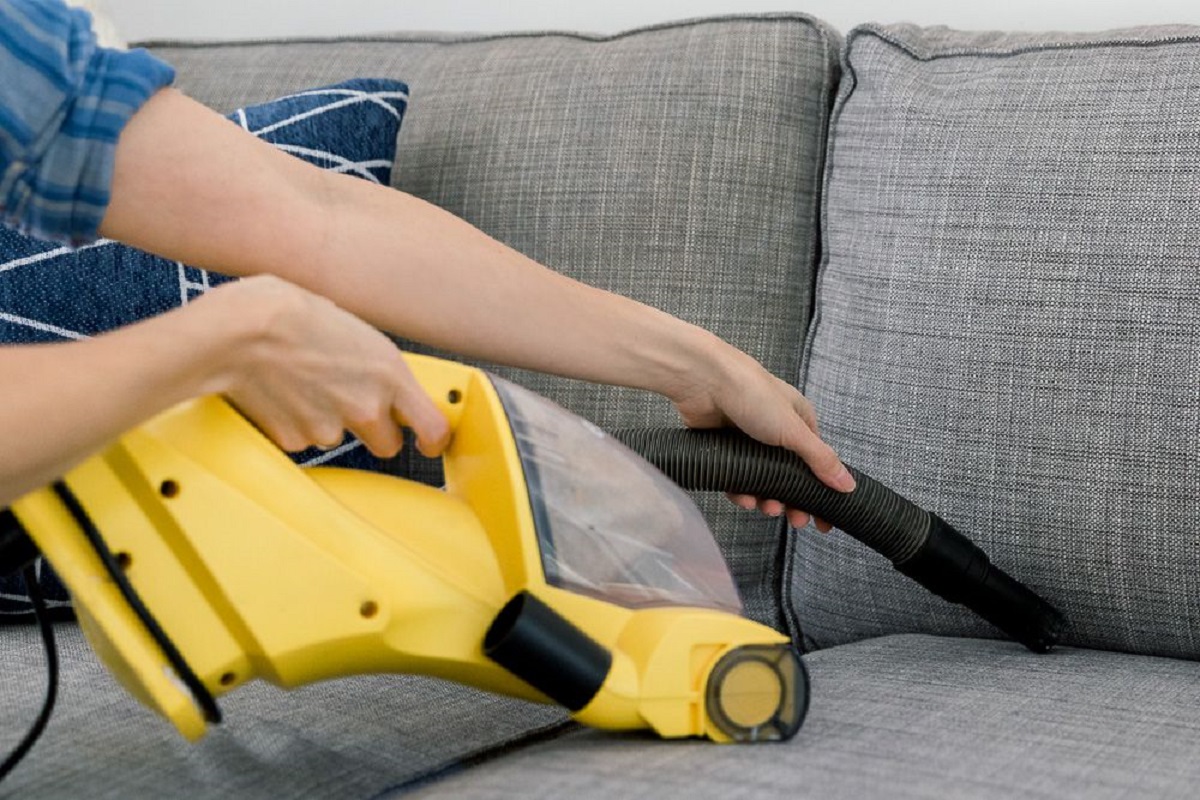

Articles
How To Remove Cat Hair From Furniture
Modified: March 25, 2024
Looking for ways to remove cat hair from your furniture? Check out our helpful guide on how to effectively eliminate cat hair from your beloved pieces.
(Many of the links in this article redirect to a specific reviewed product. Your purchase of these products through affiliate links helps to generate commission for Storables.com, at no extra cost. Learn more)
Introduction
Welcome to our comprehensive guide on how to remove cat hair from furniture. If you’re a cat owner, you’re likely familiar with the struggle of dealing with cat hair on your couches, chairs, and other upholstered furniture. While cats bring joy and companionship to our lives, they also leave behind a trail of fur that can be quite frustrating to clean.
In this article, we will explore various techniques and tools to effectively remove cat hair from furniture. From simple methods like using a lint roller or sticky tape to more innovative solutions like using rubber gloves or fabric softener sheets, we will cover it all. By following these tips, you can enjoy a hair-free and clean living space while still enjoying the company of your feline friends.
Before we dive into the different methods of removing cat hair, it’s important to understand why cat hair tends to cling to furniture in the first place. Cats have fur that sheds naturally, especially during shedding seasons or when they groom themselves. This loose fur easily finds its way onto your furniture and can be challenging to remove.
Furthermore, cat hair has a unique texture that makes it stick to different surfaces. Upholstered furniture, with its fibers and textures, acts as a magnet for cat hair. It’s essential to tackle this problem regularly to prevent a buildup of hair on your furniture that can not only be unsightly but can also trigger allergies for some individuals.
Now that we have a better understanding of the problem, let’s dive into the different methods and tools you can use to effectively remove cat hair from your furniture.
Key Takeaways:
- Say goodbye to pesky cat hair on your furniture with these effective methods and tools, from lint rollers to fabric softener sheets. Enjoy a hair-free living space while still cherishing your feline companions.
- Implement preventative measures like regular grooming and designated cat spaces to minimize cat hair buildup on your furniture. Keep your home clean and hair-free with these simple strategies.
Read more: How To Remove Stains From Furniture
Understanding the Problem
Before we delve into the various methods of removing cat hair from furniture, it’s important to have a clear understanding of the problem at hand. Cat hair can be a persistent and stubborn issue, especially on upholstered surfaces.
Cat hair tends to cling to furniture due to its unique texture and static charge. The fur has barbs on the individual hairs that make it easily stick to fabric, upholstery, and other surfaces. Additionally, the static charge generated by the friction between the cat’s fur and the furniture causes the hair to adhere firmly.
Cats also have a natural shedding cycle where they shed their old fur to make room for new growth. This shedding can occur year-round, with some cats having heavier shedding periods during the changing seasons. This means that even if you regularly groom your cat, there will still be loose hair roaming around your home.
Cat hair on furniture not only affects the aesthetic appeal of your home but can also cause allergies or breathing difficulties, especially for those who have sensitivities to pet dander. It’s essential to address the issue promptly to maintain a clean and hair-free living space.
Moreover, cat hair can cling to different types of upholstery, such as cotton, microfiber, velvet, or leather. Each material may require specific techniques or tools to effectively remove the hair without causing damage to the furniture.
Now that we have a better understanding of the problem and why cat hair is such a challenge to remove, let’s move on to the practical steps and tools you can use to tackle this issue.
Gathering the Necessary Tools
Before you begin the process of removing cat hair from your furniture, it’s essential to gather the necessary tools. Having the right tools on hand will make the task easier and more efficient.
Here are some tools you should have readily available:
- Lint Roller: A lint roller is a handy tool that consists of a sticky roller or tape wrapped around a handle. It’s designed specifically for removing lint, dust, and hair from fabrics. Look for a lint roller with strong adhesive to effectively pick up cat hair from furniture.
- Fabric Softener Sheets: Fabric softener sheets are not only useful for softening clothes but can also help in removing static cling, which is one of the reasons cat hair sticks to furniture. These sheets can be used in various ways to remove cat hair from different types of fabric.
- Vacuum Cleaner with Upholstery Attachment: A vacuum cleaner with an upholstery attachment is an excellent tool for removing cat hair from furniture. The suction power of the vacuum helps to pull the hair out of the upholstery. Look for an attachment with soft bristles to avoid damaging delicate fabrics.
- Sticky Tape: Sticky tape, such as duct tape or packing tape, can be an effective alternative if you don’t have a lint roller on hand. Wrap a piece of tape around your hand, sticky side out, and gently press it against the furniture to pick up the cat hair.
- Damp Cloth or Sponge: A damp cloth or sponge can be used to wipe down furniture surfaces and collect loose hair. Slightly moisten the cloth or sponge and wipe in the direction of the hair to gather it effectively.
- Rubber Gloves: Rubber gloves are a surprising yet effective tool for removing cat hair. Put on a pair of slightly damp rubber gloves and run your hand over the furniture surface. The hair will stick to the gloves, making it easy to collect and remove.
Having these tools at your disposal will give you various options for removing cat hair depending on the type of furniture, the fabric, and your personal preferences. Now that you have gathered the necessary tools, it’s time to prepare the furniture before starting the removal process.
Preparing the Furniture
Before you begin the process of removing cat hair from your furniture, it’s important to prepare the surfaces to ensure the best possible results. Preparing the furniture will help loosen the cat hair and make it easier to remove.
Here are some steps to follow when preparing the furniture:
- Analyze the Fabric: Take a close look at the fabric on your furniture. Different materials require different cleaning techniques. For example, a cotton or microfiber fabric may tolerate more aggressive cleaning methods, while delicate fabrics like silk or velvet require gentler approaches. Understanding the fabric will help you choose the appropriate method for removing cat hair.
- Check for Labels: Look for care labels or manufacturer’s instructions on the furniture. These labels often provide important information about cleaning methods and any precautions to take. Follow the instructions provided to avoid causing damage during the cleaning process.
- Remove Loose Debris: Before you begin removing cat hair, use a soft brush or the upholstery attachment of your vacuum cleaner to remove any loose debris or crumbs from the furniture. This step will make the cat hair removal process more effective by focusing solely on the hair itself.
- Test in an Inconspicuous Area: If you’re going to use a cleaning solution, test it out in an inconspicuous area of the furniture first. This will ensure that the solution doesn’t cause any discoloration or damage. Wait for the area to dry and check for any adverse effects before proceeding.
- Prepare the Surface: If you’re using a damp cloth or sponge, lightly moisten it before starting. Avoid soaking the fabric, as this can leave water stains or damage the furniture. For specific methods like using fabric softener sheets or sticky tape, have the necessary tools ready for easy access.
By following these preparatory steps, you’ll ensure that your furniture is ready for effective cat hair removal. With a clear understanding of the fabric, any special instructions, and a clean surface, you’re now ready to tackle the cat hair. In the next sections, we’ll explore different methods and techniques to remove cat hair from furniture in a hassle-free manner.
Removing Cat Hair with a Lint Roller
One of the most popular and effective methods for removing cat hair from furniture is using a lint roller. Lint rollers are designed specifically for removing lint, hair, and other small particles from fabric surfaces.
Here’s how you can use a lint roller to remove cat hair:
- Prepare the Lint Roller: Start by ensuring that your lint roller is clean and has a sticky surface. If the roller is already filled with lint, peel off the used layer or replace it with a new one.
- Roll the Lint Roller: Roll the lint roller over the furniture surface in a back-and-forth motion. Apply gentle pressure to ensure that the sticky surface effectively picks up the cat hair. Repeat this process until you have covered the entire area.
- Remove Collected Hair: As you use the lint roller, the sticky surface will accumulate cat hair. To remove the collected hair, peel off the used layer of the lint roller or use a pair of clean scissors to cut it off. Continue rolling until you have removed all the visible hair.
- Target Difficult Areas: Pay special attention to areas where cat hair may be deeply embedded, such as crevices or tufted sections of the furniture. Press the lint roller firmly into these areas to dislodge and pick up the hair.
- Repeat if Necessary: Depending on the amount of cat hair present, you may need to repeat the process with a fresh layer of the lint roller. This will ensure that you have thoroughly removed as much hair as possible.
Lint rollers are handy and portable, making them convenient to use on furniture. They are particularly effective on fabrics that are not too delicate or prone to damage. However, keep in mind that lint rollers may not be ideal for removing cat hair from larger surfaces or areas with a heavy buildup of hair.
Now that you know how to use a lint roller to remove cat hair, let’s explore another method utilizing a common household item: fabric softener sheets.
Read more: How To Remove Cat Poop From Carpet
Using a Fabric Softener Sheet
Fabric softener sheets, commonly used to soften and freshen laundry, can also be a great tool for removing cat hair from furniture. The dryer sheets contain a coating that helps reduce static cling, making it easier to lift and remove cat hair from fabric surfaces.
Here’s how you can use a fabric softener sheet to remove cat hair:
- Select a Fabric Softener Sheet: Choose a fabric softener sheet that is free of harsh chemicals or strong scents. Look for a mild option that is safe for use on fabric surfaces.
- Lightly Dampen the Sheet: Slightly dampen the fabric softener sheet by spraying a small amount of water onto it. The goal is to moisten the sheet without soaking it, as excessive moisture can leave residue on the furniture.
- Wipe the Furniture Surface: Gently rub the damp fabric softener sheet over the furniture surface in a sweeping motion. The slightly damp sheet will help gather and lift the cat hair, while the coating on the sheet reduces static cling, making it easier to remove the hair.
- Pay Attention to Problematic Areas: Focus on areas where cat hair tends to accumulate, such as corners, crevices, or textured surfaces. Press the fabric softener sheet firmly into these areas to dislodge and collect any embedded hair.
- Replace or Re-dampen the Sheet: Depending on the amount of cat hair and the size of the furniture, you may need to replace the fabric softener sheet or dampen it again if it becomes too dry. This will ensure that you maintain the sheet’s effectiveness throughout the cleaning process.
- Dispose of the Used Sheet: Once you have finished removing cat hair from the furniture, dispose of the used fabric softener sheet. Be sure to clean up any remaining hair and debris to leave your furniture clean and hair-free.
Using fabric softener sheets provides a cost-effective and easily accessible solution for removing cat hair. The sheets not only help in collecting and lifting the hair but also leave a fresh scent on the furniture surfaces.
Now that you know how to use fabric softener sheets to remove cat hair, let’s explore another effective method: vacuuming the furniture.
Use a lint roller or a damp rubber glove to easily remove cat hair from furniture. Simply roll the lint roller over the surface or rub the glove in a circular motion to gather the hair.
Vacuuming the Furniture
Vacuuming is a tried and tested method for removing cat hair from furniture. A vacuum cleaner with an upholstery attachment can effectively suck up loose hair and debris from fabric surfaces, making it a reliable choice for tackling cat hair.
Here’s how you can use a vacuum cleaner to remove cat hair from your furniture:
- Select the Right Attachment: Use the upholstery attachment that typically comes with your vacuum cleaner. It is designed specifically for cleaning fabric surfaces and is often equipped with soft bristles or brushes that won’t damage the upholstery.
- Prepare the Furniture: Before you begin vacuuming, remove any loose debris or larger particles from the furniture surface. You can use a soft brush or your hand to sweep away this debris.
- Gently Vacuum the Surface: Attach the upholstery tool to your vacuum cleaner and turn it on. Begin vacuuming the furniture surface in smooth, overlapping strokes. Apply moderate pressure to ensure the bristles effectively pick up the cat hair.
- Go Against the Grain: For textured fabrics or furniture with deep crevices, vacuum against the grain to dislodge and remove any embedded cat hair. This will help ensure that you thoroughly clean these hard-to-reach areas.
- Pay Extra Attention to Problematic Areas: Focus on areas where cat hair tends to accumulate the most, such as the corners, seams, or areas near cat beds or scratching posts. Spend some extra time vacuuming these areas to ensure all the hair is removed.
- Empty the Vacuum Cleaner: Regularly check the debris collection container or bag of your vacuum cleaner and empty it as needed. Removing the collected cat hair will prevent clogs and maintain the vacuum’s efficiency.
Vacuuming is an effective method for removing cat hair from furniture, especially when dealing with larger surfaces or heavy hair accumulation. It’s important to note that some delicate fabrics may require a gentler vacuuming approach to prevent damage. Always refer to the manufacturer’s instructions and test in an inconspicuous area before vacuuming the entire piece of furniture.
Now that you know how to use a vacuum cleaner to remove cat hair, let’s move on to another technique using sticky tape.
Applying Sticky Tape
Sticky tape, such as duct tape or packaging tape, can be an effective and convenient tool for removing cat hair from furniture. The sticky surface of the tape helps lift and capture the hair, making it easier to clean your upholstery.
Here’s how you can use sticky tape to remove cat hair:
- Select the Right Tape: Choose a strong and sticky tape, such as duct tape or packaging tape. Avoid using tapes that are too weak or have a low adhesive strength, as they may not effectively remove the cat hair.
- Create a Sticky Surface: Take a piece of tape and wrap it around your hand with the sticky side facing outward. Duct tape can also be wrapped around the back of a brush or a sponge for more convenience.
- Press the Tape onto the Furniture: Gently press the sticky side of the tape onto the furniture surface. Start at one end and work your way across, applying light pressure to ensure the tape adheres to the hair.
- Lift Up the Tape: Lift up the tape slowly, making sure to keep it flat against the furniture surface. As you lift, the tape will pull away the cat hair that has stuck to it. Repeat this process until you have covered the entire area.
- Replace the Tape as Needed: Depending on the amount of cat hair and the size of the furniture, you may need to replace the tape with a fresh piece. This will ensure that you have a clean and sticky surface to effectively remove the hair.
- Dispose of the Used Tape: Once you have finished removing cat hair from the furniture, carefully dispose of the used tape. Fold it onto itself to prevent the hair from transferring to other surfaces.
Using sticky tape is a cost-effective and straightforward method for removing cat hair. It can be particularly useful for smaller areas or when dealing with hard-to-reach corners and crevices. Remember to use caution when applying the tape to delicate fabrics to avoid causing any damage.
Now that you know how to use sticky tape to remove cat hair, let’s explore another technique using a damp cloth or sponge.
Using a Damp Cloth or Sponge
A damp cloth or sponge can be a simple yet effective tool for removing cat hair from furniture. The slight moisture helps to loosen the hair, allowing it to adhere to the cloth or sponge and making it easier to collect and remove.
Here’s how you can use a damp cloth or sponge to remove cat hair:
- Prepare the Cloth or Sponge: Dampen a clean cloth or sponge with water. Make sure to squeeze out any excess moisture, as you want the cloth or sponge to be damp but not dripping wet.
- Wipe the Furniture Surface: Using the damp cloth or sponge, gently wipe the furniture surface in a sweeping motion. Apply light pressure to ensure that the fabric absorbs the cat hair. Make sure to wipe in the direction of the hair to effectively gather it.
- Rinse or Replace the Cloth/Sponge: As the cloth or sponge becomes saturated with cat hair, rinse it under running water or replace it with a fresh one. This will ensure that you have a clean surface to continue removing the hair.
- Target Difficult Areas: Pay extra attention to areas where cat hair tends to accumulate, such as corners or crevices. Use a damp cloth or sponge to get into these hard-to-reach areas and collect any embedded hair.
- Wring Out Excess Water: If your cloth or sponge becomes too wet during the process, make sure to wring out any excess water before continuing. Excessive moisture can leave water stains or damage the furniture.
- Clean Up Remaining Hair: Once you have finished removing cat hair from the furniture, thoroughly clean up any remaining hair or debris. You can use a vacuum cleaner or a lint roller to gather any loose particles.
Using a damp cloth or sponge is a practical method that requires minimal tools. It is suitable for most fabric types and can be easily adjusted based on the level of dampness needed for effective hair removal.
Now that you know how to use a damp cloth or sponge to remove cat hair, let’s explore another technique utilizing a common household item: rubber gloves.
Read more: How To Remove Hair From Mop
Using Rubber Gloves
One surprising yet effective tool for removing cat hair from furniture is a pair of rubber gloves. The textured surface of the gloves helps gather and cling to the hair, making it easier to remove from fabric surfaces.
Here’s how you can use rubber gloves to remove cat hair:
- Select the Right Gloves: Choose a pair of rubber gloves that have a slightly textured surface. This texture will aid in grabbing and holding onto the cat hair as you work.
- Dampen the Gloves: Slightly dampen the gloves by running them under water or spraying a small amount of water onto them. It’s important to avoid soaking the gloves, as excessive moisture can damage the furniture.
- Put on the Gloves: Put on the damp rubber gloves and make sure they fit snugly. This will allow you to have better control and grip as you remove the cat hair.
- Run Your Hand Over the Furniture Surface: Using gentle, sweeping motions, run your gloved hand over the furniture surface. The slightly damp gloves will help gather the hair, which will stick to the gloves due to their textured surface.
- Rinse Off the Hair: As the gloves become covered in cat hair, periodically rinse them off under running water to remove the accumulated hair. You can also use a lint roller or sticky tape to collect the hair from the gloves.
- Repeat as Needed: Depending on the amount of cat hair on your furniture, you may need to repeat the process with fresh, damp gloves. This will ensure that you effectively remove all the hair and leave your furniture clean and hair-free.
- Clean Up Remaining Hair: Once you have finished removing cat hair from the furniture, use a vacuum cleaner or a lint roller to clean up any loosened hair or debris. This will ensure a thorough cleaning and help maintain a hair-free environment.
Using rubber gloves is a cost-effective and eco-friendly method for removing cat hair. The gloves are reusable and readily available in most households. This technique is particularly useful for removing cat hair from larger surfaces or furniture with heavy hair accumulation.
Now that you know how to use rubber gloves to remove cat hair, let’s move on to explore some preventative measures to minimize cat hair buildup on furniture.
Preventing Cat Hair Build-Up
While regular cleaning is essential for removing cat hair from furniture, it’s also beneficial to take preventative measures to minimize hair build-up in the first place. By implementing a few simple strategies, you can significantly reduce the amount of cat hair that accumulates on your furniture.
Here are some effective ways to prevent cat hair build-up:
- Brush Your Cat Regularly: One of the most effective ways to minimize cat hair on furniture is to regularly brush your cat. Regular grooming helps remove loose fur before it has a chance to scatter around your home. Use a brush or comb that is suitable for your cat’s fur type and make brushing a part of your routine.
- Create a Cat Hair-Free Zone: Designate a specific area or piece of furniture where your cat is allowed to lounge or sleep. By confining your cat’s presence to a particular spot, you can concentrate your cleaning efforts in one area and minimize hair on other furniture.
- Use Cat Furniture and Accessories: Invest in cat furniture such as cat beds, scratching posts, and perches. By providing designated spaces for your cat’s activities, you can redirect their hair-shedding tendencies away from your main furniture.
- Use Washable Slipcovers or Throws: Consider using washable slipcovers or throws on your furniture. These protective coverings can easily be removed and laundered to remove cat hair. Opt for fabrics that are less prone to trapping hair, such as microfiber or leather.
- Place Blankets or Towels: Arrange blankets or towels on your cat’s favorite spots on the furniture. These can be easily washed to remove any accumulated hair, reducing the need for frequent cleaning of the furniture itself.
- Regularly Vacuum and Dust: Make a habit of vacuuming your furniture regularly to remove any loose hair. Use the upholstery attachment to effectively suck up the hair, paying attention to crevices and corners. Additionally, dusting surfaces with a microfiber cloth can help prevent hair from settling and clinging to furniture.
- Consider Cat Hair Repellents: There are commercial products available that can help repel cat hair from furniture. These repellents typically contain scents that cats find unpleasant, discouraging them from lounging or scratching the treated areas.
By incorporating these preventative measures into your routine, you can significantly reduce cat hair build-up on your furniture. Regular grooming, providing alternative cat-friendly surfaces, and keeping your furniture protected will help maintain a cleaner and more hair-free home environment.
Now that we’ve explored various methods for removing cat hair and preventing its build-up, let’s conclude our guide.
Conclusion
Dealing with cat hair on furniture is a common challenge for cat owners. However, with the right techniques and tools, it’s possible to effectively remove cat hair and maintain a clean and hair-free living space.
In this comprehensive guide, we’ve explored various methods for removing cat hair from furniture, including using a lint roller, fabric softener sheets, vacuum cleaner, sticky tape, damp cloth or sponge, and rubber gloves. Each method offers its own unique benefits and can be adapted to different types of fabrics and furniture surfaces.
Additionally, we’ve emphasized the importance of understanding the problem of cat hair build-up, preparing the furniture before cleaning, and implementing preventative measures to minimize future hair accumulation. Regular grooming of your cat, creating designated cat spaces, employing washable slipcovers or throws, and incorporating regular cleaning practices all contribute to keeping cat hair at bay.
Remember to strike a balance between effective cat hair removal and maintaining the integrity of your furniture. Always follow manufacturer instructions and test any cleaning methods or solutions in inconspicuous areas before applying them to the entire furniture piece.
By following the tips and techniques outlined in this guide, you can ensure a hair-free and clean living space while enjoying the company of your feline friends.
We hope this guide has provided you with valuable insights and practical solutions for removing cat hair from furniture. With a little effort and consistency, you can keep your furniture looking fresh, clean, and free from pesky cat hair!
Frequently Asked Questions about How To Remove Cat Hair From Furniture
Was this page helpful?
At Storables.com, we guarantee accurate and reliable information. Our content, validated by Expert Board Contributors, is crafted following stringent Editorial Policies. We're committed to providing you with well-researched, expert-backed insights for all your informational needs.
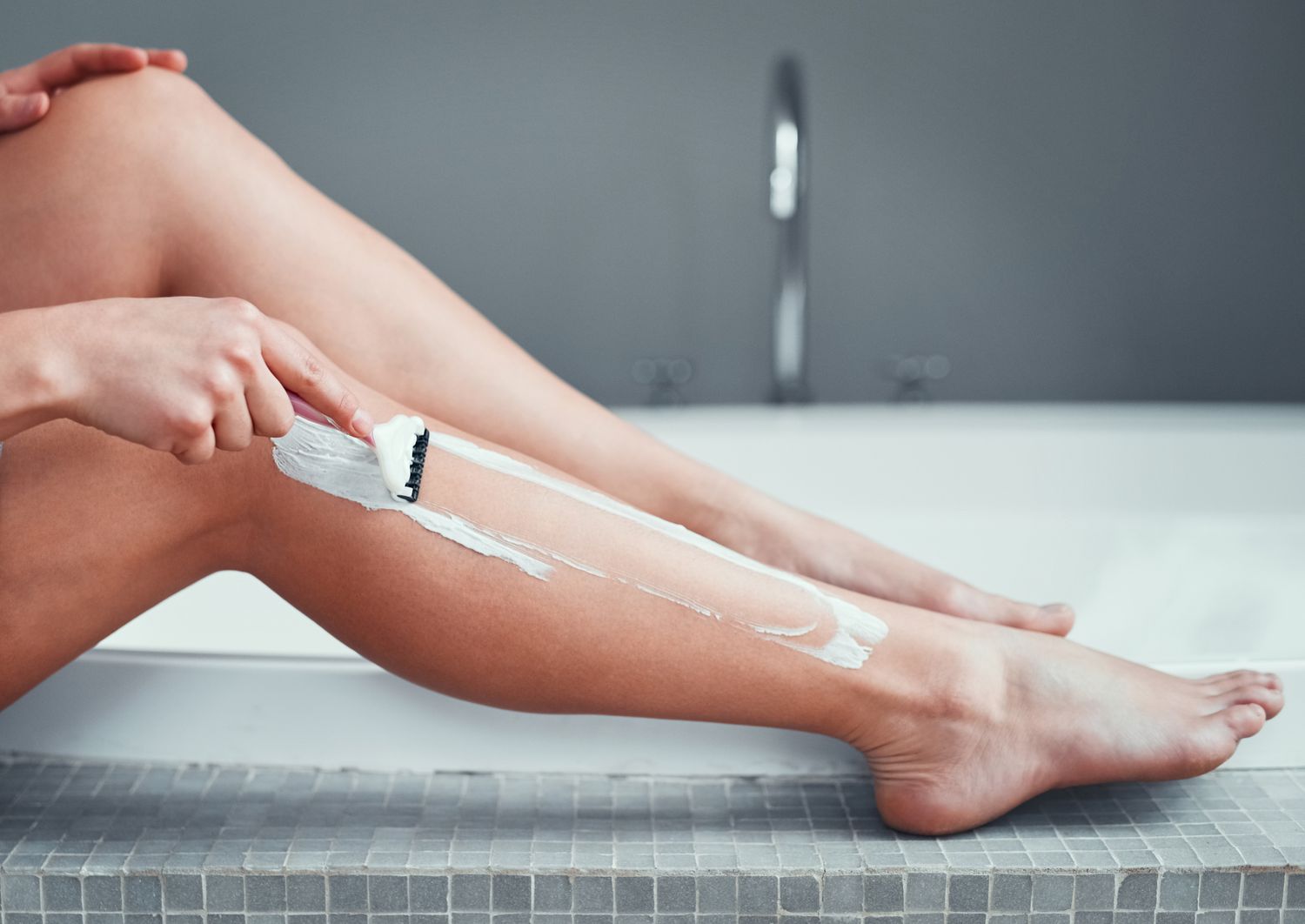
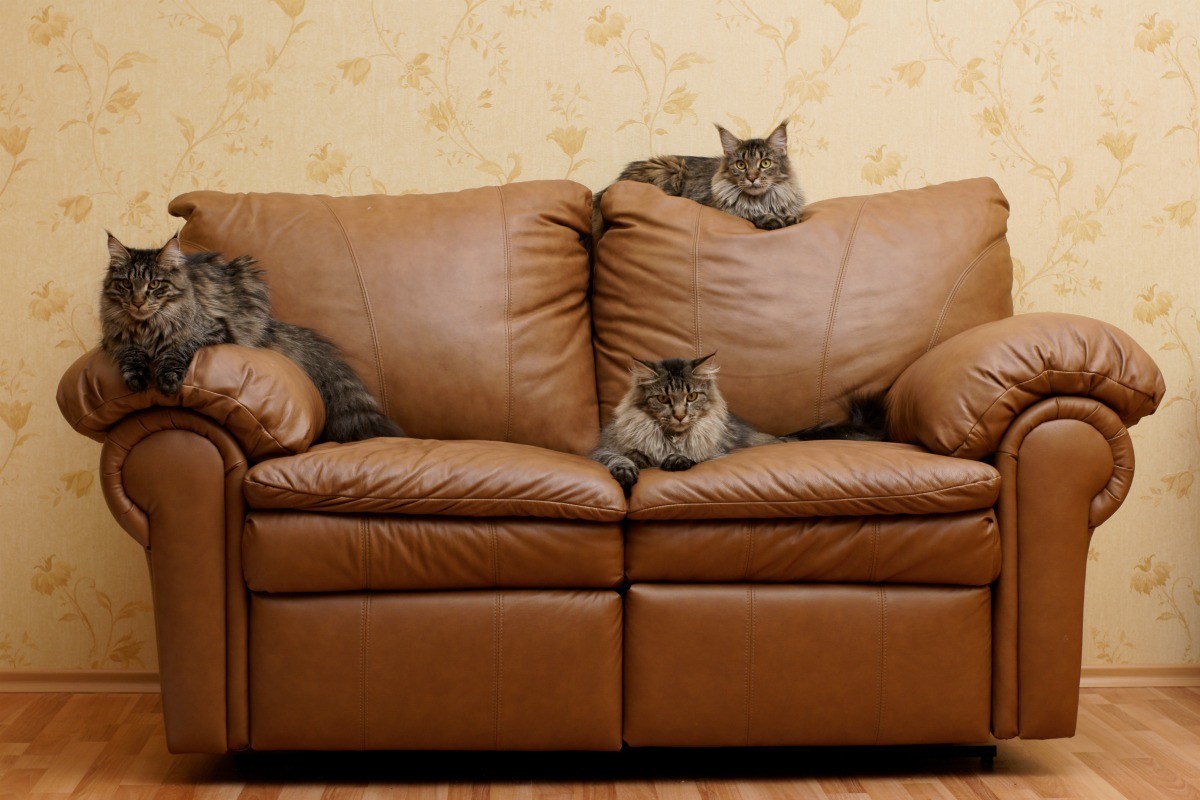
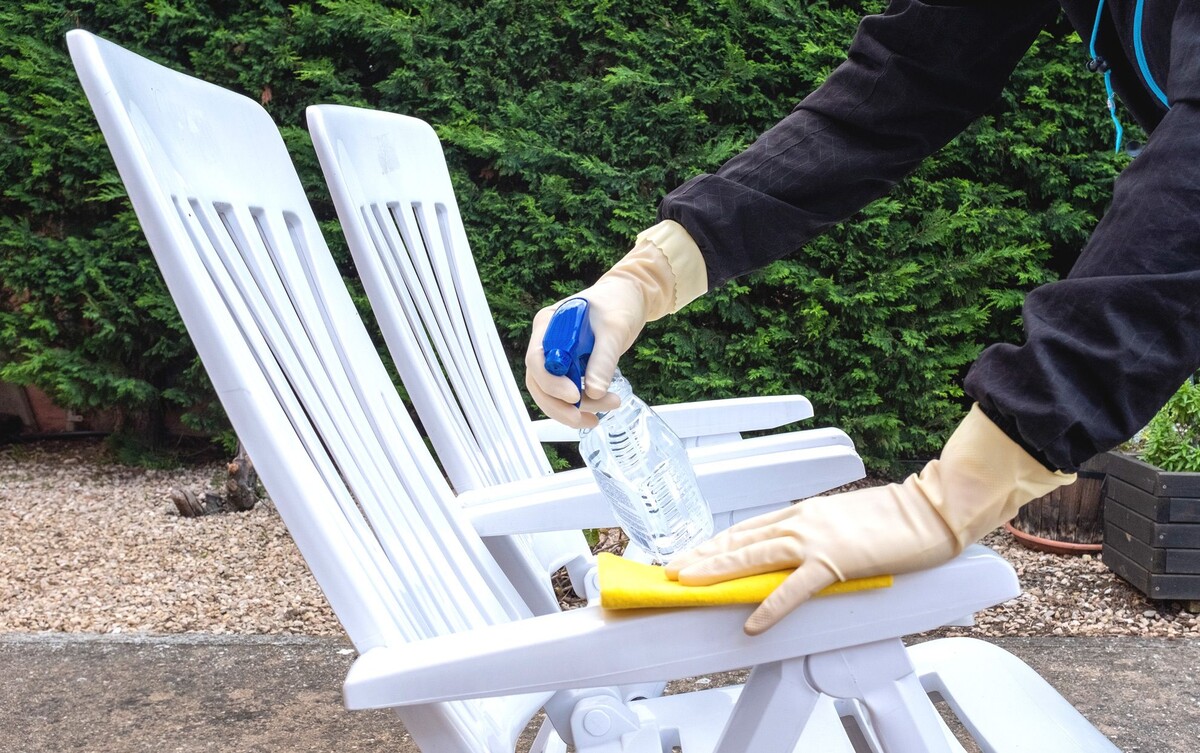
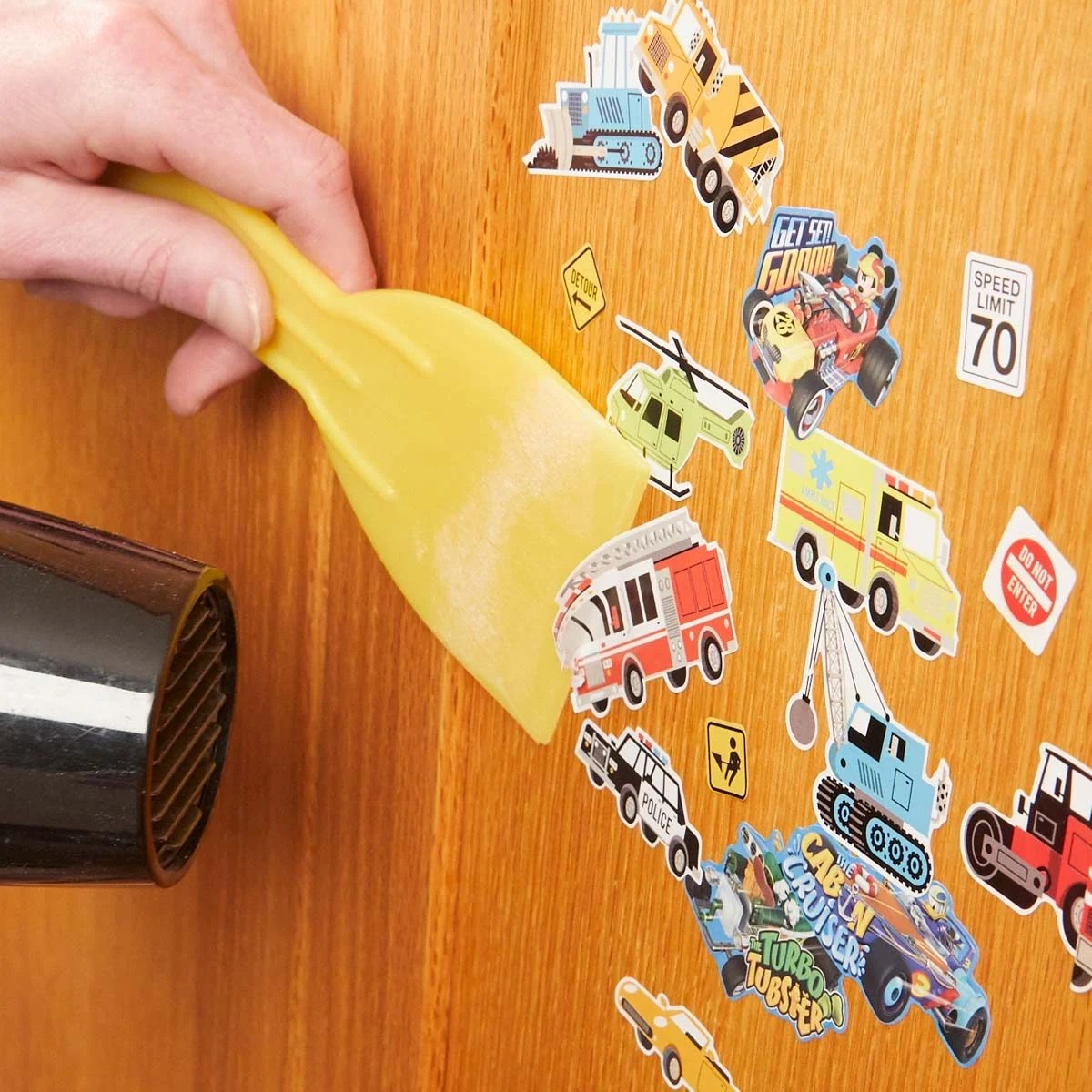

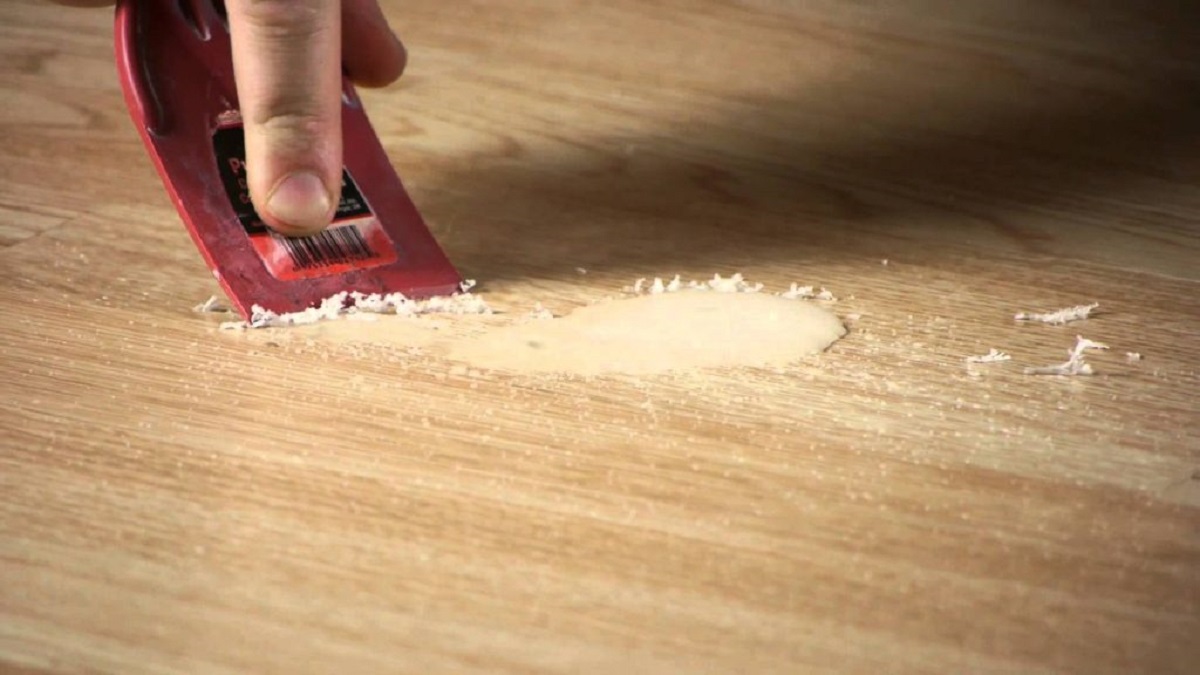
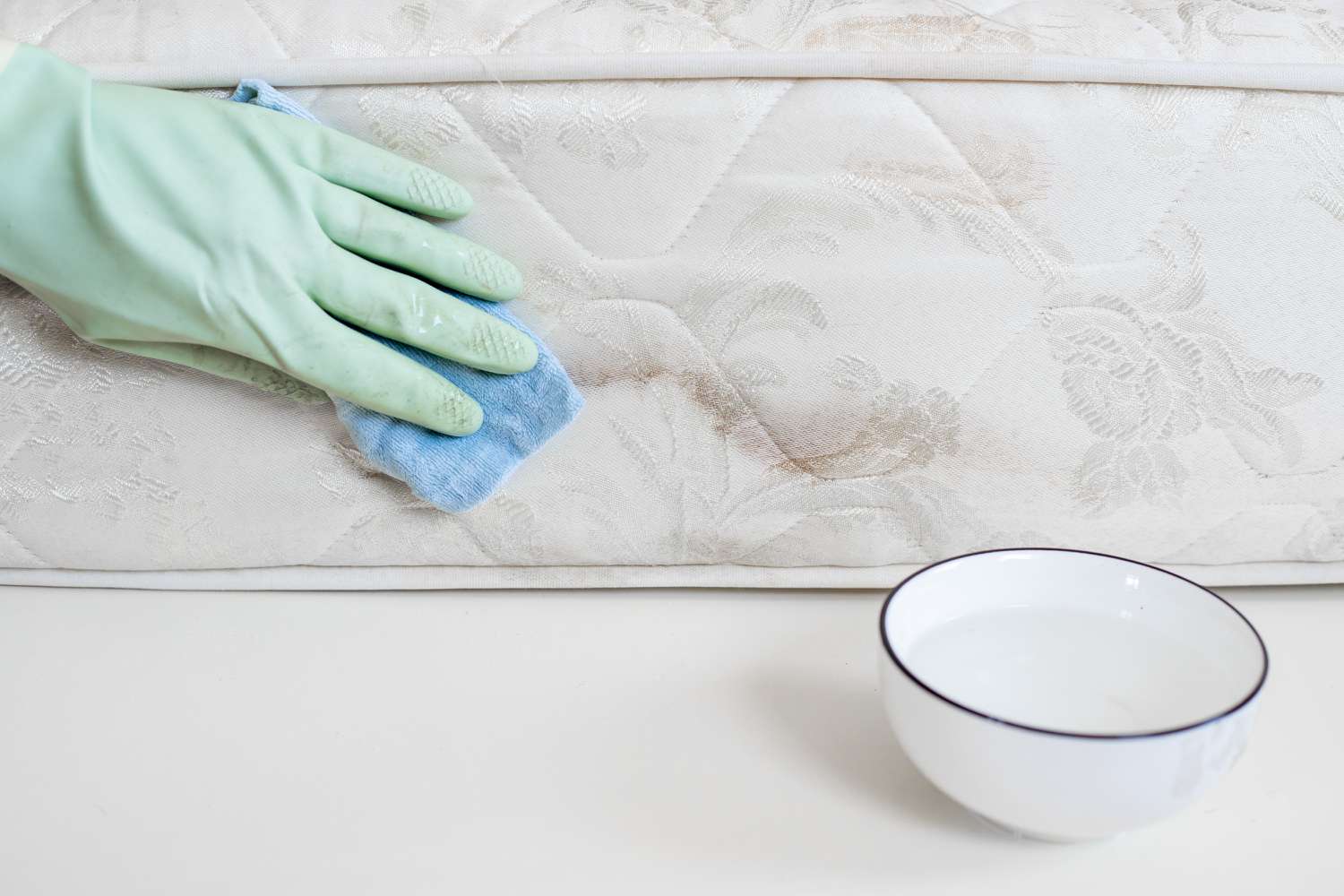
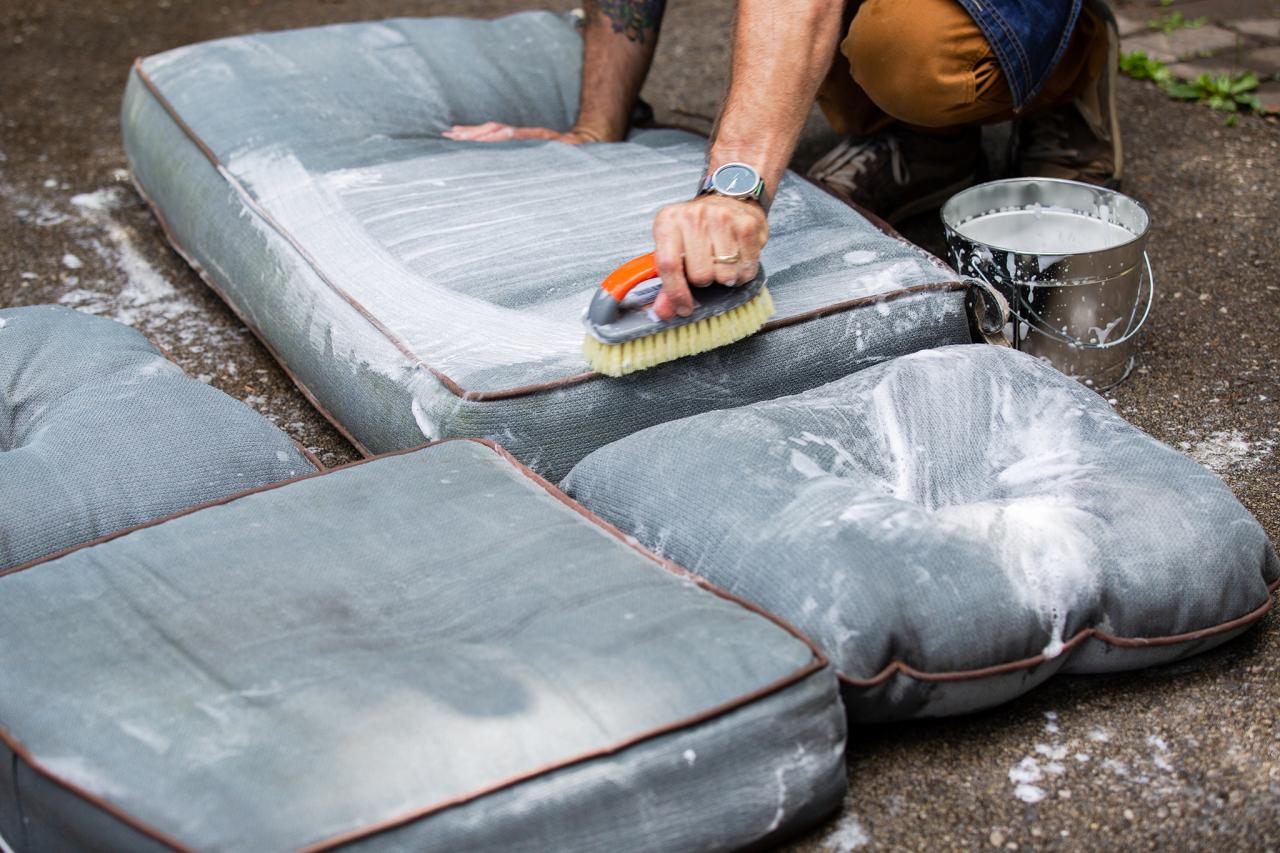
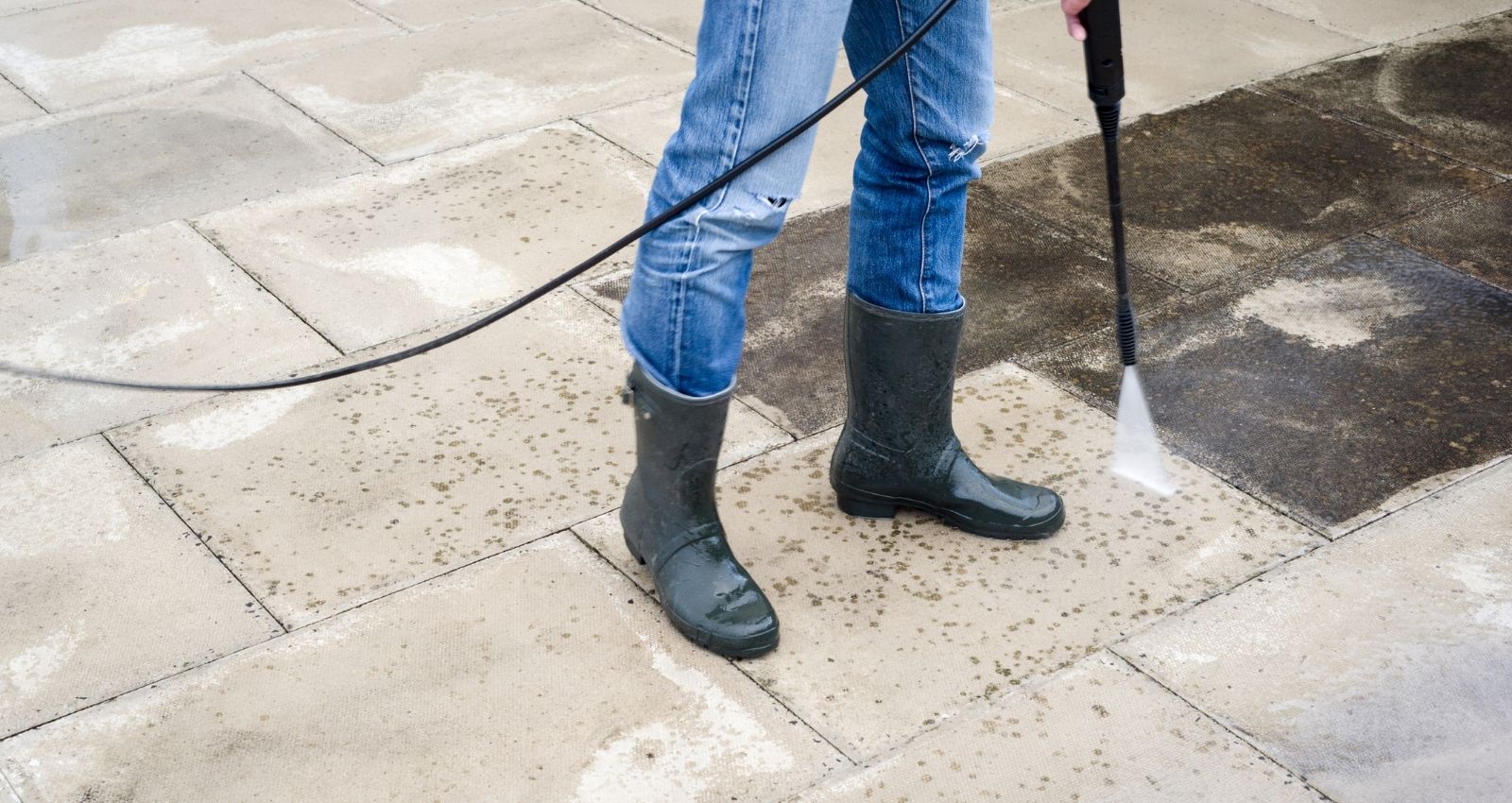

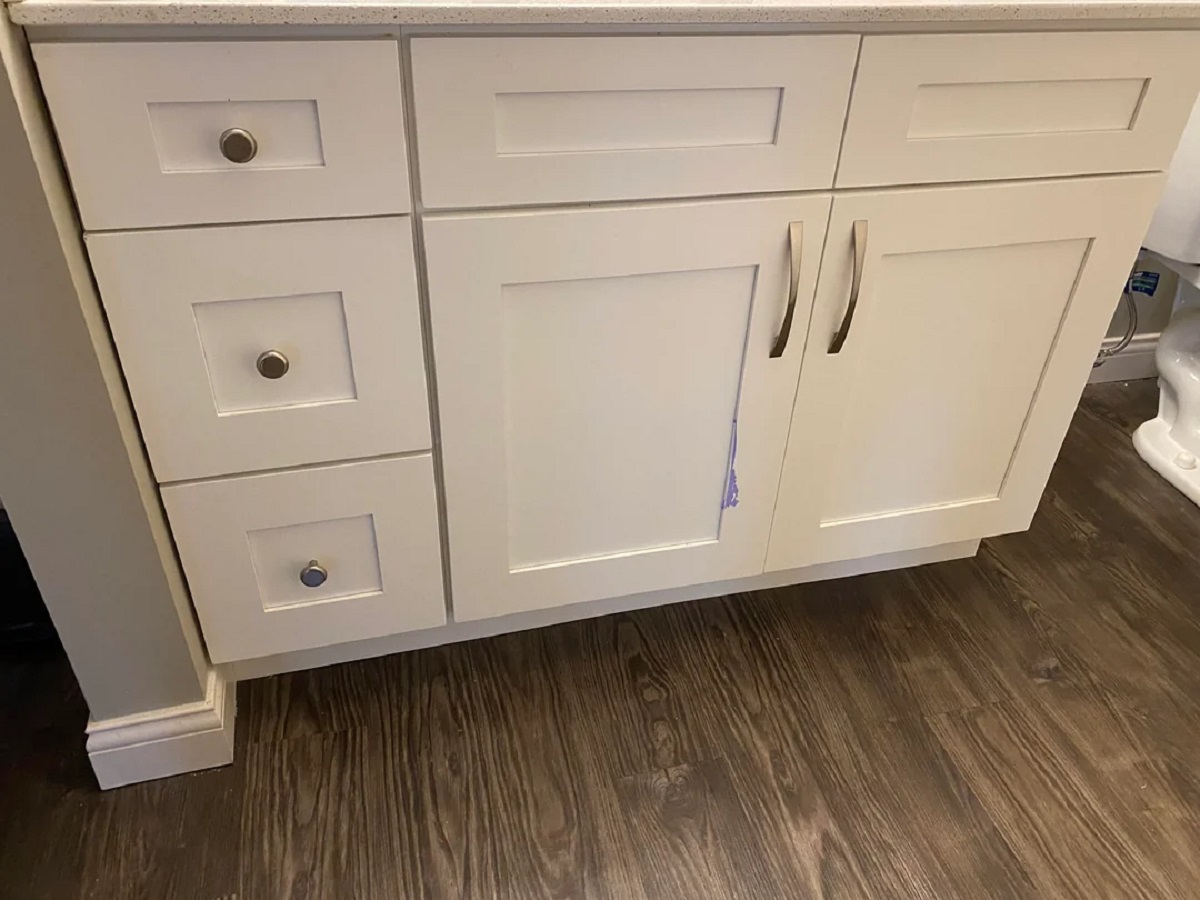
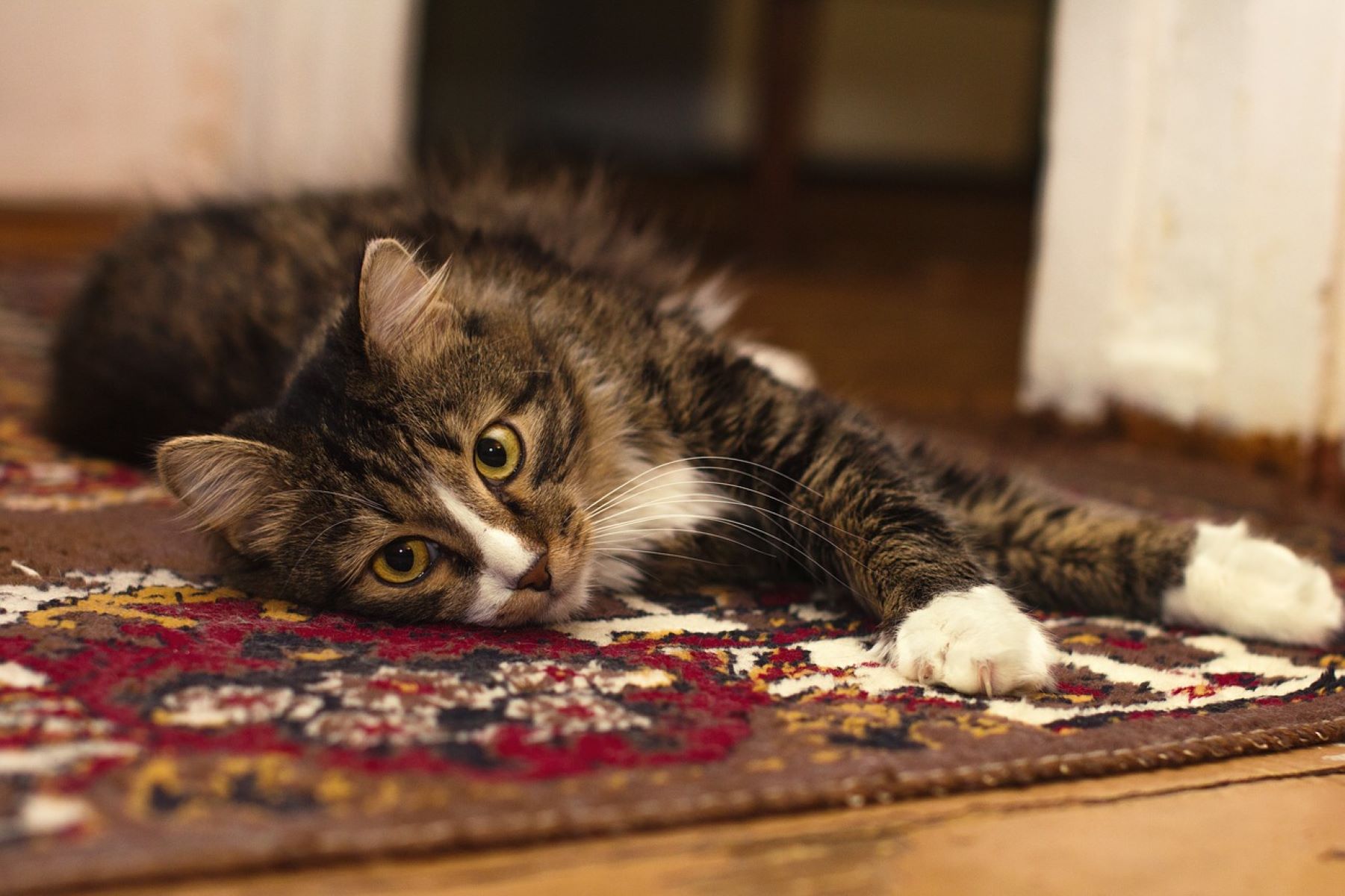
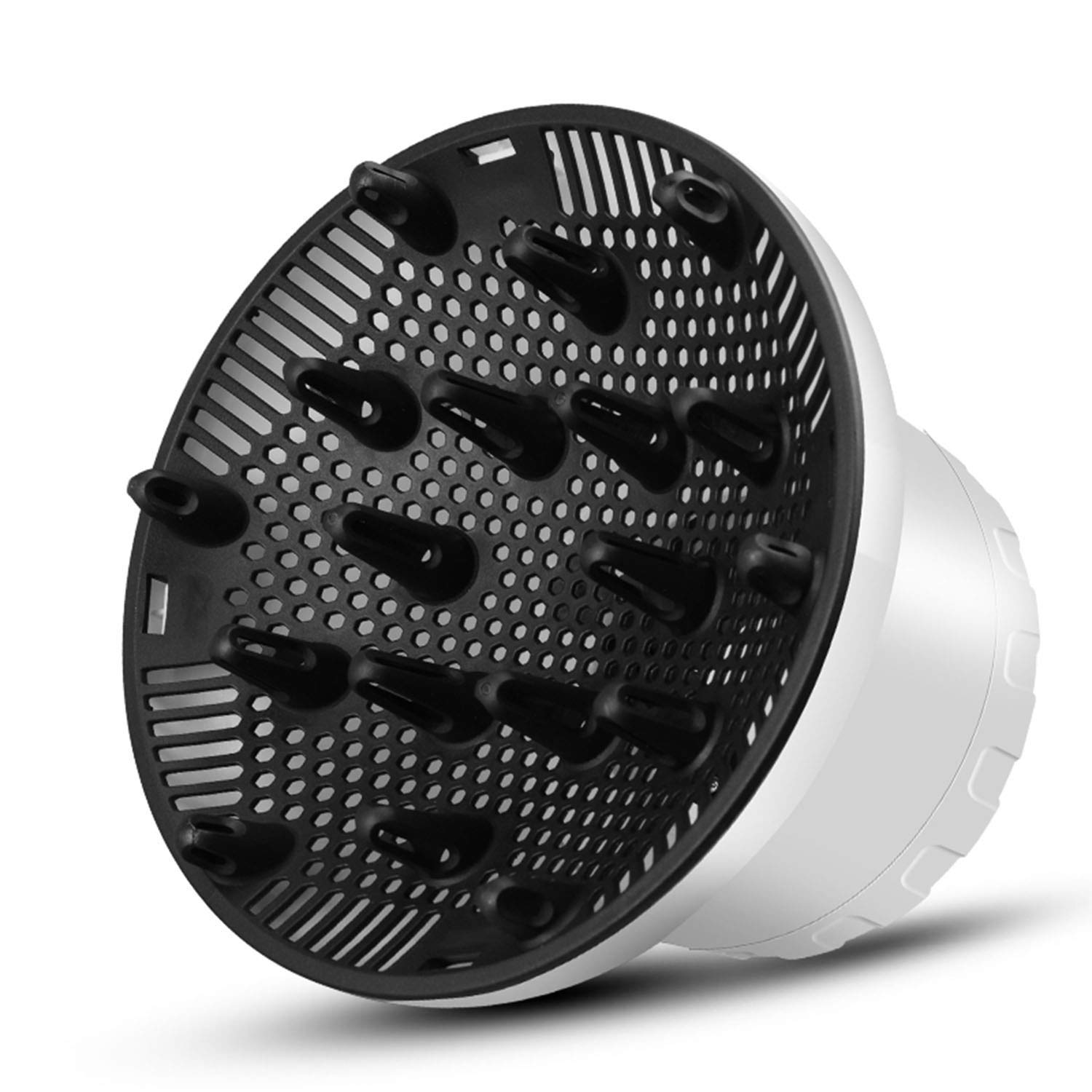

0 thoughts on “How To Remove Cat Hair From Furniture”